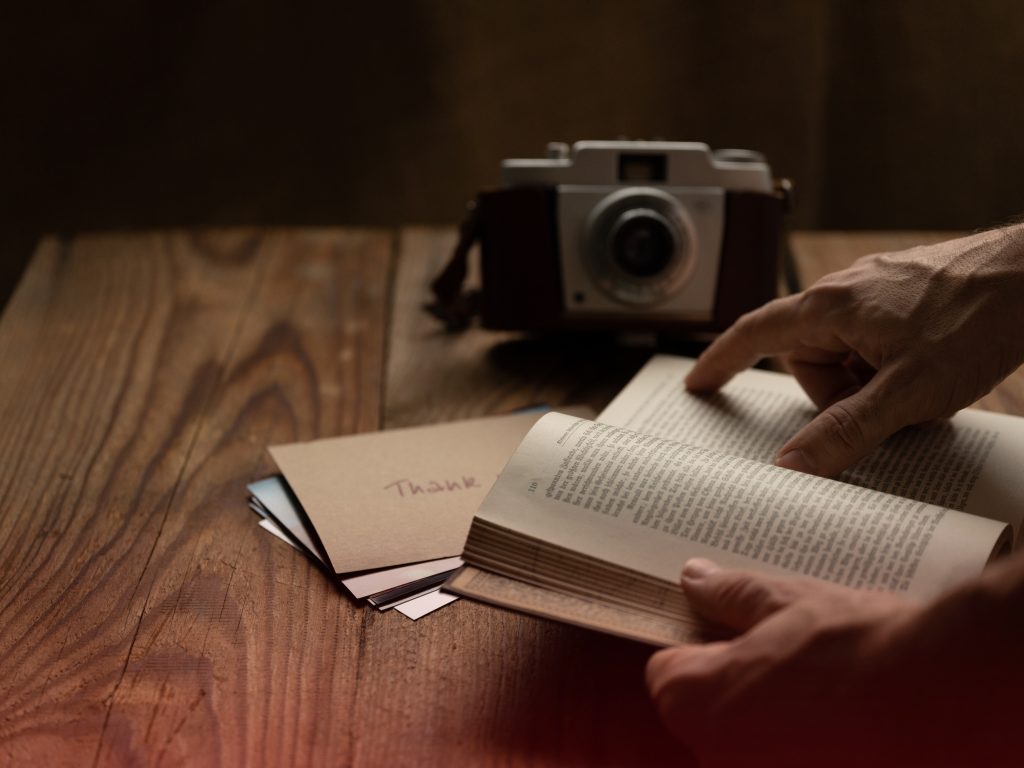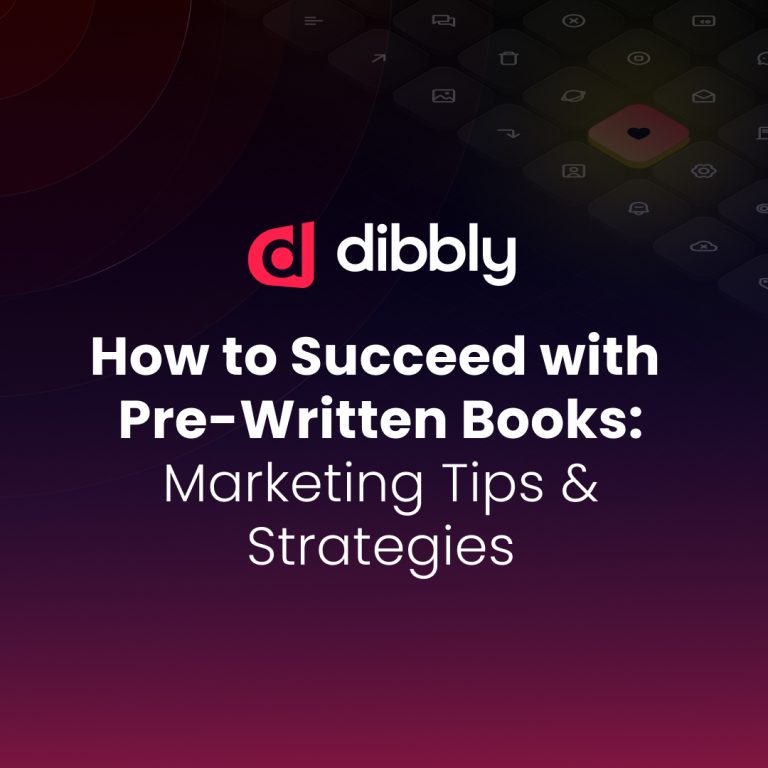What Is Personal Experience in Nonfiction?
We all know that a nonfiction book is all about true information and facts. But this doesn’t mean that it should be boring and unentertaining. You might want to share the real-life events that you experienced in your nonfiction novel, and you just don’t know how to make it engaging.
This article is going to give you all the guidance you need to master the art of transforming your personal experiences into captivating nonfiction stories. We will explore the important techniques and narrative strategies that you can use to craft a book that your readers just won’t be able to put down!
Understanding the Role of Personal Experiences in Nonfiction
As an author, the most important thing for you is probably to get your story out in the world. However, when it comes to telling a nonfiction story, it can get tiresome. There is an art to using personal experiences in your story. Let’s first learn why it’s significant to include them in your nonfiction story.

- One of the most important reasons for writers to use personal experiences in their stories is because they are very familiar with those events since they lived through them. This is what gives them the authority to describe different events with so much accuracy. For example, a writer who says that living in a cave was tormenting, disturbing, and icy cold will be able to describe that experience in detail if they have lived through it.
- Writing from personal experience means that it’s not just an imaginative piece; it is authentic, real, and believable.
- It gives writers the opportunity to craft something unique that other people have not written about before, which means that it will also be much more captivating for the reader.
- There’s a greater understanding and more intense emotion that the writer can convey when they use personal experience, especially with topics like mental illness, trauma, and other emotional difficulties.
- Without a personal touch, your nonfiction book can turn into what sounds like an academic piece or a textbook.
Techniques for Transforming Life Stories Into Books
Now that you know why it’s so important to include personal experiences in your nonfiction story, let’s take a look at how you can actually achieve this.
What Is Your Purpose?
Before you can even begin your writing, it’s important to know why you are sharing your story in your book. Take some time to carefully think about the reason you are writing. Are you simply trying to reflect on your life? Do you want to encourage and inspire other people? Are you trying to help them out of a difficult situation they might be having? Are you trying to document something that you think could be part of history? Once you understand the purpose of writing your book, it will become easier to focus your narrative.
What Are Your Themes?
Next, you need to take a look at the themes that you want to touch on in your story. What kind of ideas, concepts, or messaging do you want your readers to receive? Is it a reflective story about love? Is it one about survival, or is it one about learning to manage your emotions and traumas? Pick your themes, jot them down, and then develop them further. At this stage, you can even write a brief experience that relates to each of your themes, which you will build on in greater detail during the course of your story.
Create Your Outline
Outlines are an important part of any book you want to write. Simply explained, the outline is the list of topics that you would want to include in your book. You need to develop a detailed outline of your book that you can divide into sections that will speak about the important events in your life. When creating your outline, you need to include each part of your book. Explain your objectives, and this is where your purpose will come in handy. What do you want to achieve by writing the book? What parts of your life or experiences do you want to mention in your book?
Do Your Research
Most people take this step for granted, especially when writing memoirs. They believe that since they’re writing about their own personal experiences or their own lives, no research is required. But it’s an important part of writing. You will be writing from memory, so there may be important details that you have forgotten.
Look for things like your old journals, photos you’ve taken, and even research the places you’ve been to and the events that happened there. This will help with the backstory and will enable you to create a setting that your readers will find clear. You might even discover new things that you completely forgot happened in your life, and you will have the opportunity to look at your experiences from a fresh and evolved perspective. Remember that research is always important.
The Structure
When writing your story, try to follow the basic story structure that writers normally use for their books. Make sure you include an introduction, conflict, resolution, and a satisfying ending. You will also need to include characters, which isn’t as challenging as fiction characters since they all already have an origin and backstory because they will be people that you’ve known throughout your life. Don’t forget that your story will also need a chronological flow.
Using the basic techniques mentioned above is the first step to creating compelling nonfiction narratives. The next step is to combine your learnings from the section above with the strategies listed below for a story that will capture your reader’s attention and convey your personal story with captivating detail.
How To Weave Personal Experiences in Nonfiction Narratives
So, you have your story and know what you’re supposed to do, but how do you transform a simple nonfiction story into one with captivating detail and entertainment? Here are the strategies you need to use:
The Hook
Your book needs to have an engaging and appealing opening. The introduction needs to convey emotion and interesting ideas that will make your reader want to continue the book. You can do this by writing a little anecdote or a captivating one-line story that encompasses the essence of the book and your personal experience.
The Tone
Choose your tone and make sure that it’s an enthralling one. Stick with this tone throughout the book so your reader can feel directly connected to you.
Characters
Although the characters will be based on real people from your life, you need to make them interesting too. You can add in little quirks or other personality traits that make them unique people. Build your characters well and ensure they have a backstory that your readers can identify with in some way so they can find an emotional connection with them. Ensure that you’re also describing them with great detail so your readers can feel like they’ve met them and seen them for themselves.
Dialogue
Bring your characters to life and give them a voice with some fun and interesting dialogues.
The Suspense
Just because this isn’t a fiction novel doesn’t mean that you can’t add elements of surprise, intrigue, suspense, and mystery. You want to thrill your audience because this is what’s going to keep their attention throughout the book.

Tips, Tricks, and What to Avoid?
It’s easy to get lost when you’re trying to craft your nonfiction story, and the finer details can confuse you. Try to keep the following common mistakes in mind so that you can avoid them when you’re putting your masterpiece together:
- Remember that although you are writing a nonfiction story, you need to ensure that it isn’t coming across with a very strict and professional tone unless absolutely necessary. Try to avoid too much information in the form of hard data or numbers and rather use anecdotes to convey your information.
- Remember to keep your anecdotes simple and easy to follow. They need to show your audience what you’ve been through instead of telling them. Giving your readers a wall of text simply telling them what happened puts you at risk of losing their interest quickly.
- Personal anecdotes are important, but they shouldn’t make up your entire book. Remember to use them carefully in the right places.
- Don’t lie to your audience. Be honest and open about your feelings and emotions on your journey, and show them how you accepted challenges and achieved growth.
- Finally, don’t rush through your ending. Make sure that your ending and conclusion are just as compelling as your hook at the beginning of the story.
In Summary
Using personal experiences in nonfiction stories needs plenty of time and dedication. It can be challenging and frustrating, but if you follow the simple techniques and strategies we’ve shared with you in this article, you’ll have a personal story that’s as interesting as a good fiction novel.
If you ever get stuck with your writing and need to add some magic, don’t forget that The Urban Writers and Dibbly will be here to help you. Good luck on your incredible journey to turning personal experiences into nonfiction gold!













